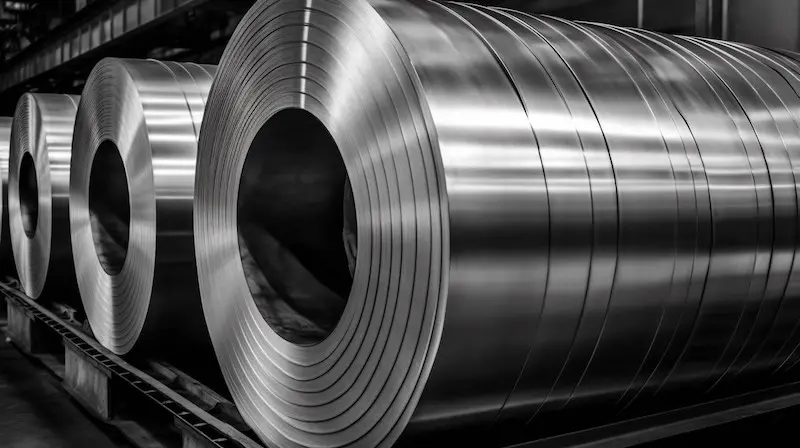- English
- Español
- Português
- русский
- Français
- 日本語
- Deutsch
- tiếng Việt
- Italiano
- Nederlands
- ภาษาไทย
- Polski
- 한국어
- Svenska
- magyar
- Malay
- বাংলা ভাষার
- Dansk
- Suomi
- हिन्दी
- Pilipino
- Türkçe
- Gaeilge
- العربية
- Indonesia
- Norsk
- تمل
- český
- ελληνικά
- український
- Javanese
- فارسی
- தமிழ்
- తెలుగు
- नेपाली
- Burmese
- български
- ລາວ
- Latine
- Қазақша
- Euskal
- Azərbaycan
- Slovenský jazyk
- Македонски
- Lietuvos
- Eesti Keel
- Română
- Slovenski
- मराठी
- Srpski језик
- Esperanto
- Afrikaans
- Català
- שפה עברית
- Cymraeg
- Galego
- Latviešu
- icelandic
- ייִדיש
- беларускі
- Hrvatski
- Kreyòl ayisyen
- Shqiptar
- Malti
- lugha ya Kiswahili
- አማርኛ
- Bosanski
- Frysk
- ភាសាខ្មែរ
- ქართული
- ગુજરાતી
- Hausa
- Кыргыз тили
- ಕನ್ನಡ
- Corsa
- Kurdî
- മലയാളം
- Maori
- Монгол хэл
- Hmong
- IsiXhosa
- Zulu
- Yoruba
- অসমীয়া
- ଓଡିଆ
- Punjabi
- پښتو
- Chichewa
- Samoa
- Sesotho
- සිංහල
- Gàidhlig
- Cebuano
- Somali
- Тоҷикӣ
- O'zbek
- Hawaiian
- سنڌي
- Shinra
- Հայերեն
- Igbo
- Sundanese
- Lëtzebuergesch
- Malagasy
How does a strip rolling mill work?
In the steel manufacturing industry, the strip rolling mill is the core equipment for processing steel billets into strip steel of different specifications. Its working process directly affects the quality and performance of the strip steel. From rough processing to finishing, the strip rolling mill uses a series of precise operations to turn the hot steel billets into strip steel products that meet industrial needs. The following will reveal its working process and key technologies.

The work of the strip rolling mill begins with the preparation of the steel billets. The steel billets produced by the continuous casting process must first be heated to a high temperature of 1100℃-1250℃ to achieve a good plastic state. The heated steel billets are sent to the rough rolling unit, which is usually composed of multiple rolling mills. Through multiple rolling, the thickness of the steel billets is gradually reduced and initially formed into the shape of strip steel. The roll gap and rolling force of each rolling mill are accurately calculated and adjusted to ensure the dimensional accuracy and shape quality of the strip steel.
The strip steel after rough rolling enters the finishing mill for further processing. The finishing mill is the key link in determining the final quality of the strip steel. It is equipped with high-precision rollers and advanced control systems. The surface of the roll has been specially treated to have extremely high smoothness and wear resistance, which can ensure the flatness and smoothness of the strip surface. During the rolling process, the hydraulic AGC (automatic thickness control system) monitors the thickness of the strip in real time and automatically adjusts the roll gap according to the set value, so that the thickness tolerance of the strip is controlled within a very small range to meet the high-precision requirements of different users.
In addition, in order to prevent the strip from running off, wave-shaped and other defects during the rolling process, the strip rolling mill is also equipped with a plate shape control system. By detecting the tension distribution at each point in the transverse direction of the strip, the system automatically adjusts the convexity and inclination of the roll to make the extension of the strip in the width direction uniform and ensure good plate shape. The temperature of the rolled strip is usually still around 800℃, and it needs to enter the cooling system immediately for rapid cooling. The cooling rate and cooling uniformity have an important influence on the organizational structure and mechanical properties of the strip. By controlling the amount of cooling water and the water spraying method, the strip can obtain ideal microstructure and mechanical properties.
Finally, the cooled strip is rolled into a coil by the coiler to complete the entire rolling process. Modern strip rolling mills also integrate automated detection and monitoring systems, which can detect the surface quality, dimensional accuracy and other parameters of the strip in real time. Once a problem is found, an alarm will be immediately issued and adjustments will be made to ensure stable and reliable product quality.
Strip rolling mills have become an indispensable and important equipment in steel production with their precise mechanical structure, advanced control system and scientific process flow. They continue to provide high-quality strip products for multiple industries such as construction, automobiles, and home appliances, and promote the continuous development of modern industry.



